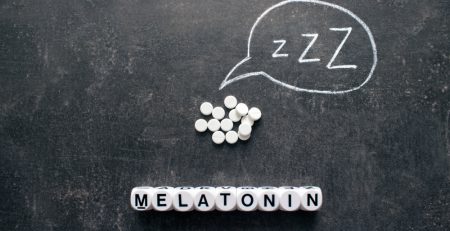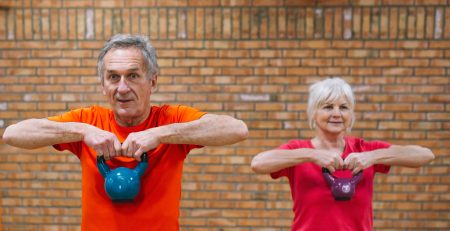Unlocking the Power of Regular Exercise: A Pathway to Reduced Pain and Enhanced Well-being
In today’s fast-paced world, maintaining an active lifestyle is crucial for our overall health and well-being. Regular exercise not only helps us stay physically fit but also offers a myriad of benefits, including a reduction in pain. In this blog article, we will explore the incredible advantages of consistent physical activity in alleviating pain and enhancing our quality of life.
The Science Behind Exercise and Pain Reduction:
Numerous studies have shown that engaging in regular exercise can effectively reduce pain levels. Physical activity stimulates the production of endorphins, our body’s natural painkillers, which can alleviate both acute and chronic pain. Moreover, exercise promotes the release of anti-inflammatory substances, helping to ease pain associated with conditions like arthritis and fibromyalgia [1].
Enhancing Joint Health and Mobility:
Regular exercise plays a significant role in strengthening muscles and improving joint flexibility. By engaging in activities such as low-impact exercises, stretching routines, and resistance training, we can enhance joint stability and reduce pain caused by conditions like osteoarthritis [2].
Managing Chronic Conditions:
For individuals living with chronic pain conditions, exercise can be a valuable tool in managing symptoms. Research suggests that regular physical activity can improve pain tolerance, reduce the severity of pain episodes, and enhance overall functioning, specifically for conditions such as lower back pain and migraines [3].
Psychological Well-being and Pain Perception:
Exercise not only benefits us physically but also has a positive impact on our mental health. Engaging in regular exercise releases endorphins, which elevate mood and promote feelings of well-being. This can indirectly influence pain perception, making it easier to cope with discomfort and reducing the psychological impact of chronic pain [4].
Exercise Modalities for Pain Reduction:
Different forms of exercise can have varying effects on pain reduction. Low-impact exercises like swimming and cycling can be gentle on the joints, making them suitable for individuals with conditions like arthritis. Yoga and Pilates focus on stretching and strengthening, improving flexibility and reducing muscle tension. Consultation with healthcare professionals can help determine the most appropriate exercise regimen for individual needs and pain conditions [5].
Conclusion:
Regular exercise is a powerful tool for reducing pain, enhancing joint health, and improving overall well-being. By incorporating physical activity into our daily routines, we can experience the transformative benefits it offers. Remember to consult with healthcare professionals before starting any exercise program, especially if you have existing medical conditions. Embrace the power of exercise and take a step towards a pain-free, active lifestyle!
Sources:
[1] Harvard Health Publishing: “The Importance of Exercise in Coping with Chronic Pain”
[2] Arthritis Foundation: “Exercise Benefits for Osteoarthritis”
[3] American Migraine Foundation: “Exercise and Migraine”
[4] Mayo Clinic: “Exercise and Endorphins: How Exercise Helps Relieve Pain”
[5] Cleveland Clinic: “Exercise and Pain: Discomfort, Relief, and Exercise Guidelines”









